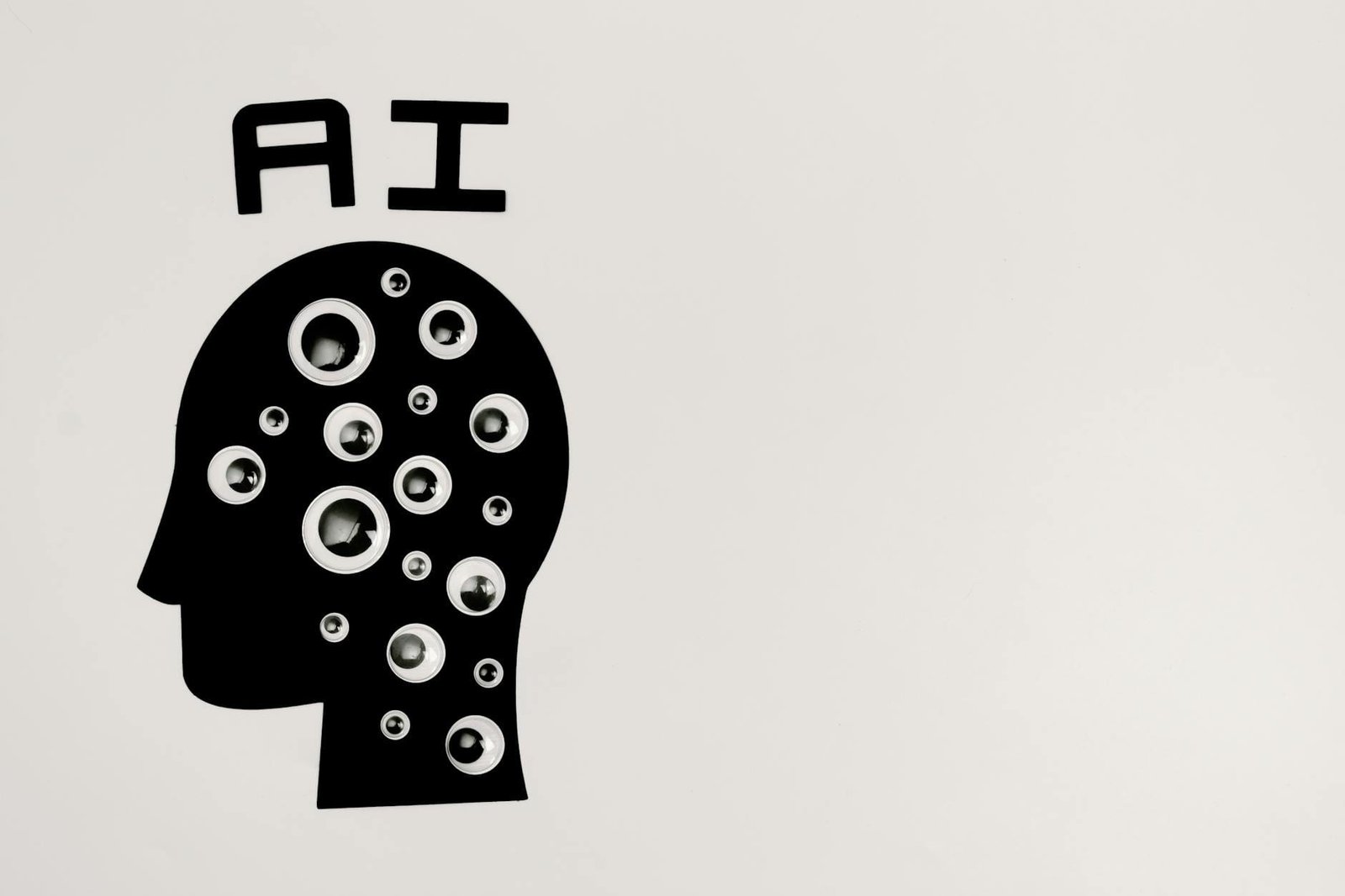Your cart is currently empty!

From IT Automation to AI Automation: The Evolution of Intelligent Systems
•
Technology has always been about making life easier, and automation has played a key role in that journey. From basic script-based IT automation to today’s AI-driven decision-making systems, the transformation has been nothing short of revolutionary. But what led us from simple automated tasks to self-learning AI systems? And what does this shift mean for businesses and individuals?
This blog explores the journey from IT automation to AI automation—how it started, where it stands today, and what the future holds for an increasingly intelligent digital world.
The Rise of IT Automation: Simplifying the Repetitive
Before AI became a buzzword, businesses relied on traditional IT automation to streamline their operations. IT automation refers to the use of predefined scripts, workflows, and software applications to handle repetitive tasks with minimal human intervention.
Key Features of IT Automation:
- Task Scheduling: Running backups, software updates, and system maintenance at scheduled times.
- Process Automation: Managing workflows such as payroll processing, email responses, and database management.
- Monitoring and Alerts: Notifying IT teams when an issue arises, reducing downtime.
This era of automation made businesses more efficient, but it had limitations. IT automation could only execute predefined rules—it couldn’t adapt or make decisions beyond its programming. That’s where AI changed the game.
The Shift Towards AI Automation: Intelligence Beyond Rules
Unlike IT automation, which follows strict rule-based commands, AI automation introduces learning, decision-making, and adaptability. With advancements in machine learning (ML), deep learning, and natural language processing (NLP), AI-powered systems can analyze data, detect patterns, and even predict outcomes without human intervention.
How AI Automation Differs from IT Automation:
| Feature | IT Automation | AI Automation |
|---|---|---|
| Decision-making | Predefined rules | Learns and adapts |
| Data processing | Limited to structured data | Works with structured & unstructured data |
| Flexibility | Rigid workflows | Dynamic & evolving processes |
| Error Handling | Requires manual intervention | Self-correcting mechanisms |
AI automation is no longer just about executing tasks—it’s about understanding context, predicting outcomes, and continuously improving over time.
Real-World Applications of AI Automation
AI-powered automation is already transforming industries in remarkable ways. Here are some key sectors where AI automation is making a difference:
1. Customer Support & Chatbots
- AI-driven chatbots handle millions of customer queries in real time, offering personalized responses and reducing wait times.
- Companies like Apple, Google, and Amazon use AI-powered voice assistants to improve customer interactions.
2. Healthcare & Diagnostics
- AI automation is helping doctors diagnose diseases with high accuracy using medical imaging and predictive analytics.
- Virtual assistants in hospitals manage patient appointments and provide preliminary consultations.
3. Financial Services
- AI-powered fraud detection systems analyze transactions in real time, preventing cyber threats and financial fraud.
- Automated trading systems make investment decisions faster and more efficiently than human traders.
4. Manufacturing & Supply Chain
- AI-driven robots optimize assembly line production, quality control, and logistics management.
- Predictive maintenance systems prevent machine failures before they happen, saving businesses time and money.
5. Content Creation & Marketing
- AI-powered tools generate personalized ad copy, blog posts, and even video content, helping marketers scale their efforts.
- Automated email campaigns analyze customer behavior and send targeted content accordingly.
These are just a few examples of how AI automation is reshaping industries, reducing operational costs, and enhancing efficiency.
The Future of AI Automation: What Lies Ahead?
As AI continues to advance, we are moving towards a future where machines will not just follow commands but also understand, reason, and make independent decisions.
1. Hyperautomation: The Next Step
Hyperautomation combines AI, ML, robotic process automation (RPA), and advanced analytics to fully automate complex business processes. This approach reduces manual work dramatically, leading to higher productivity and cost savings.
2. AI in Autonomous Systems
- Self-driving cars powered by AI automation will navigate roads, make split-second decisions, and avoid accidents.
- AI-powered drones are being used for delivery services, military operations, and disaster response.
3. AI Governance & Ethical Challenges
As AI automation grows, so does the need for strong ethical guidelines, transparency, and data privacy protections. Governments and organizations must establish policies that ensure AI is used responsibly.
Final Thoughts: A New Era of Smart Automation
The journey from IT automation to AI automation has been nothing short of transformative. What started as a way to eliminate repetitive tasks has now evolved into a future where machines can think, learn, and make decisions on their own.
For businesses, this shift presents a massive opportunity to boost efficiency, reduce costs, and enhance customer experiences. For individuals, AI automation means interacting with smarter, more responsive technology that simplifies daily tasks.
As we stand at the cusp of an AI-driven future, one thing is clear: automation is no longer just about doing—it’s about thinking. And that’s the future we are heading towards.
Discover more from ThunDroid
Subscribe to get the latest posts sent to your email.

Leave a Reply